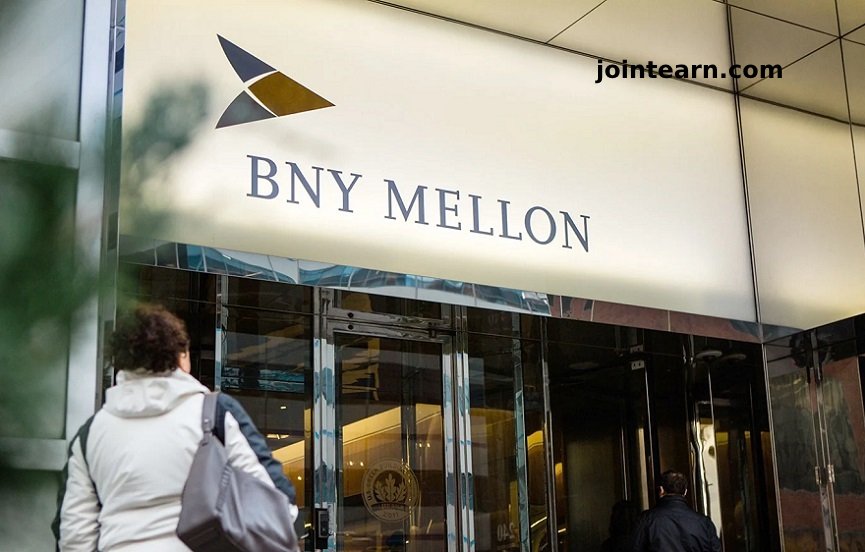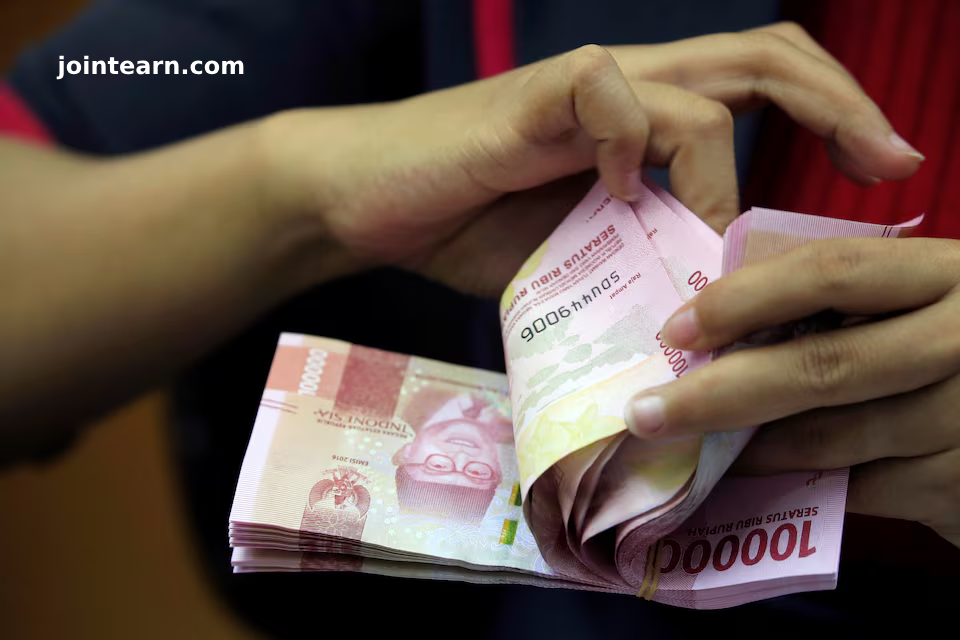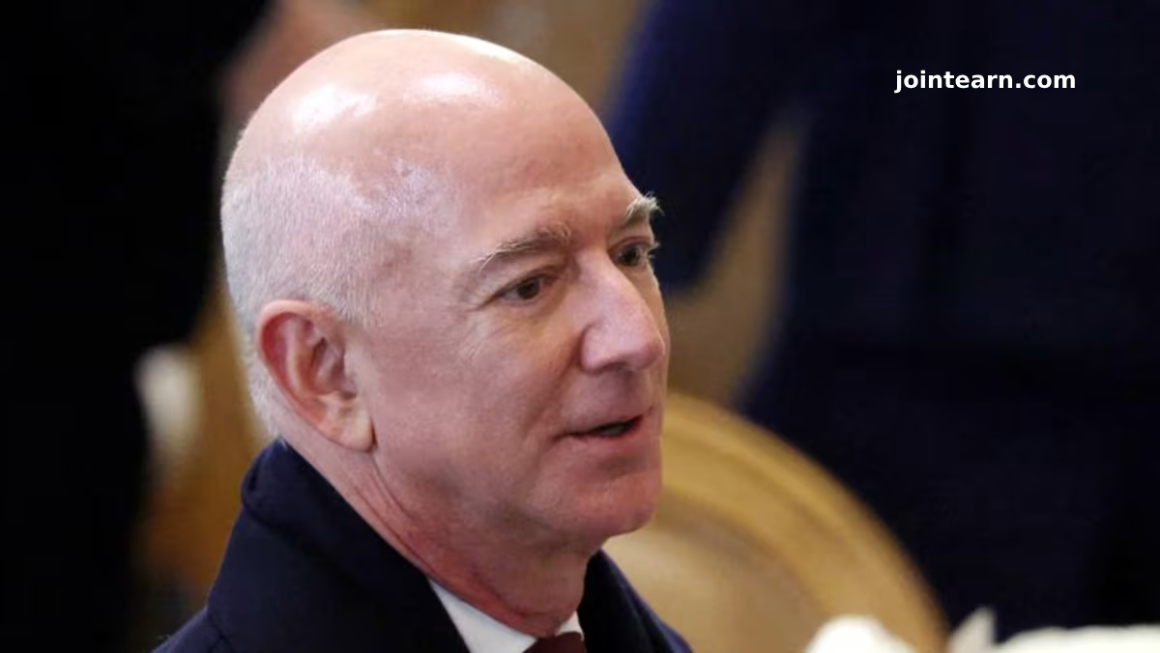Key Takeaways:
- Emerging markets are experiencing a surge as concerns over US economic growth push investors to diversify.
- The weakening US dollar and trade policies under President Donald Trump are prompting shifts toward Latin American and Eastern European assets.
- Investors see emerging markets as undervalued compared to US equities, with many expecting a decade-long trend shift.
Emerging Markets Surge Amid US Economic Uncertainty
Investor sentiment is shifting as concerns over US economic weakness fuel a rally across emerging markets. With fears that President Donald Trump’s trade policies could slow US growth, traders are looking beyond traditional assets, boosting demand for Latin American currencies, Eastern European bonds, and other undervalued opportunities.
This trend is already driving significant gains. Emerging market (EM) equities are on track for their best first quarter since 2019, while a weaker dollar has helped push developing-market currencies up nearly 2% this year. Local bonds are also seeing increased investor interest.
“For the past few years, investors have been heavily focused on US assets,” said Bob Michele, global head of fixed income at JPMorgan Asset Management. “Now, emerging markets look undervalued in comparison.”
Emerging Market Assets Regain Appeal
Despite years of underperformance, emerging-market stocks are now trading at their lowest relative valuations compared to the S&P 500 since the late 1980s. While net asset inflows into dedicated EM funds remain neutral in 2025, analysts predict that portfolio diversification will drive sustained growth.
Ashmore Group analysts describe this shift as the “end-of-US-exceptionalism trade”, forecasting a decade-long trend as global investors rebalance exposure toward non-US markets.
Investor Strategies: Where the Money Is Flowing
- European EM Bonds: Edwin Gutierrez of Aberdeen Group PLC is increasing allocations to emerging European bonds after years of underweight exposure.
- Latin American Opportunities: BlackRock strategists highlight Latin America as a promising region, noting that “any temporary weakness due to trade uncertainty presents a buying opportunity.”
- Sovereign Debt & High Liquidity Markets: Funds like TCW Group and T. Rowe Price are investing in Colombia and South Africa’s sovereign bonds, while Franklin Templeton’s low-volatility global bond fund has acquired debt from Indonesia, the Philippines, and South Korea.
Currencies Benefit as Dollar Weakens
Most emerging market currencies have gained against the dollar in 2025, with Brazil, Chile, and Colombia leading the way. Even the Mexican peso, historically sensitive to trade policy shifts, is up 3% year-to-date, with hedge funds showing strong bullish sentiment.
Bloomberg macro strategist Mark Cudmore notes:
“As value investing makes a comeback, the same trend is appearing in FX markets, particularly for undervalued currencies offering high real yields, such as the Colombian peso (COP), Philippine peso (PHP), and Indian rupee (INR).”
Risks & Market Uncertainty
Despite optimism, some investors remain cautious. Factors that could disrupt this shift include:
- A resilient US economy that withstands trade pressures.
- Less severe tariff impacts than anticipated.
- Potential investor pullback if US markets regain momentum.
Global stock funds recorded $43.4 billion in inflows in the week through March 19, signaling that some traders are still betting on US strength.
Eric Souders, portfolio manager at Payden & Rygel, is hedging his bets:
“We’re investing in Vietnamese and Mongolian bonds but maintaining our highest cash holdings since 2022 in case the US economy rebounds.”
For now, however, emerging markets are attracting investors seeking undervalued opportunities, signaling a potential long-term shift away from US dominance.
Final Thoughts
As investors look beyond US assets, emerging markets are benefiting from increased attention and liquidity. Whether this trend marks the start of a sustained shift or a temporary market reaction remains to be seen.
What do you think? Will emerging markets continue their rally, or will US economic resilience challenge this trend?












